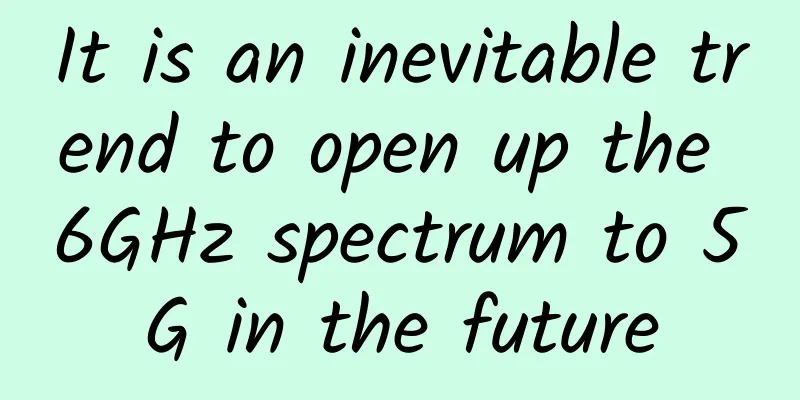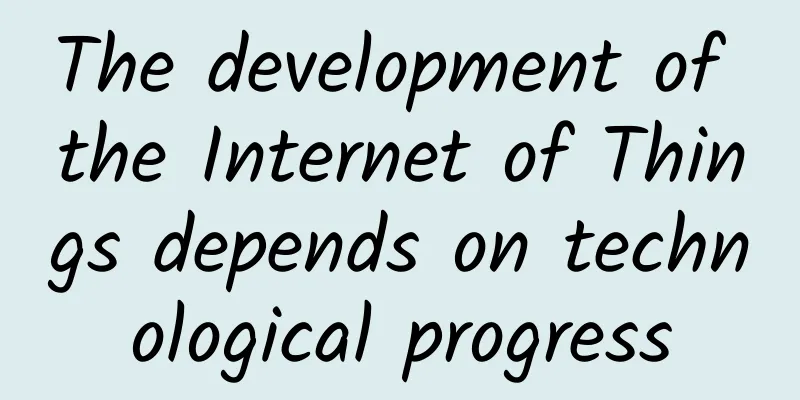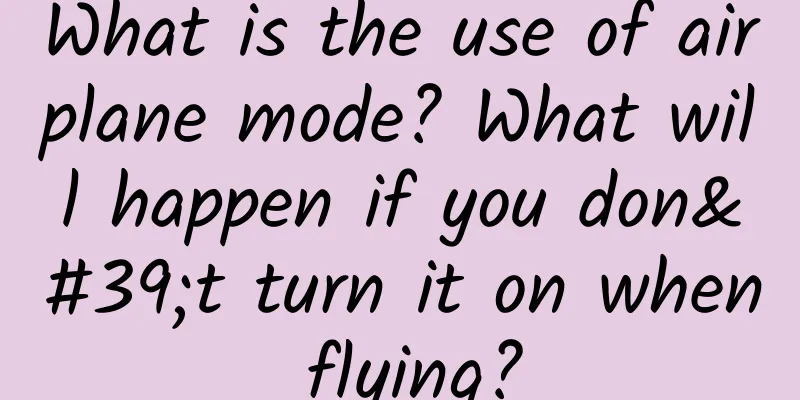It is an inevitable trend to open up the 6GHz spectrum to 5G in the future

|
At the 7th Asia-Pacific Spectrum Management Conference held from May 24 to 27, representatives from GSMA, China's Ministry of Industry and Information Technology's Radio Management Bureau, and several operators and manufacturers believed that with the rapid development of 5G and the growing data traffic applications, it is an inevitable trend to open up the 6GHz spectrum to 5G in the future. Some regions have stated that they will balance the potential demand for Wi-Fi and 5G and allocate the 6GHz spectrum in a balanced manner. The 6GHz frequency band ranges from 5.925 to 7.125GHz, which is a 5G mid-band frequency along with the current mainstream 5G frequency band of 3.3 to 4.2GHz. It has a continuous large bandwidth of 1200MHz, which can perfectly adapt to the 5G 100MHz channel bandwidth and carrier aggregation technology, greatly improving the capacity of future 5G systems. In terms of coverage, although the 6GHz is weaker than the lower mid-band 3.5GHz in terms of wireless propagation characteristics, the relevant simulation and analysis results show that if the continuous development of related technologies such as propagation loss compensation is taken into account, the coverage capability of 6GHz can be close to that of the 3.5/3.8GHz band. Therefore, the 6GHz band has both coverage and capacity advantages, and is an ideal mid-band frequency band for 5G, which is conducive to the continuous construction of a continuous coverage, large-bandwidth 5G network to meet the growing network capacity requirements. In general, 6GHz is a new frequency band that takes into account both coverage and capacity advantages. It can fully unleash the basic capabilities of 5G and generate more deterministic network value. Currently, WRC-19 and 3GPP NR have both set up special projects, and GSMA has also issued a statement calling on governments to allocate 6GHz for 5G use. However, some countries, such as the United States, prefer to build 5G on millimeter waves and leave 6GHz for Wi-Fi. |
<<: How will 6G develop in the future?
>>: How 5G will benefit the Internet of Things
Recommend
5G news is coming, and the national trial commercial use will start in mid-to-late October!
[[426617]] After much anticipation, the long-awai...
Smart buildings are no longer far away. See how CommScope connects everything with a twisted pair cable!
[51CTO.com original article] On June 5, 2018, the...
On the improvement skills of data center operation and maintenance
The stable operation of a data center is insepara...
DediPath: $49/month-E3 1270/16GB/2TB/1G unlimited traffic/5IP/Los Angeles data center
[ Promotion code expired ] Title This should be th...
A brief discussion on the integrated development of data centers
In the tide of information and communication tech...
Huawei introduces AI into the telecommunications industry to build an autonomous network that never fails
On April 18, 2018, at HAS2018, Huawei released th...
Five steps to modernize your enterprise network
The business value of the network has never been ...
What is the value of developing smart education? 5G and AI play a key role
As the domestic prevention and control situation ...
Cisco fully enhances Webex to lead global collaboration with innovative experiences
In the wave of full digitalization, enterprises n...
TmhHost Hong Kong three network CN2 GIA monthly payment starts from 45 yuan, US CN2 GIA high defense VPS quarterly payment starts from 99 yuan
TmhHost is a regular domestic company with ISP\IC...
Understanding CPU, GPU, ASIC and FPGA in one article
With the rapid development of science and technol...
2019: 5G takes center stage, changing lives and spreading across industries
Every upgrade of communication technology brings ...
Black screen problem on some live IPTV channels under BRAS equipment
The telecom IPTV platform of a certain city found ...
API security representative manufacturer! Ruishu Information is selected into China's data security development roadmap
On August 26, IDC, a leading global IT research a...
How to display IP location across the entire network?
In order to further regulate domestic online publ...









